American Beverages: Basic Overview
Common Ingredients
Common Preparing Methods
Key Taste
Drinking Etiquette
Culinary Festivals
Influence and Fusion
Classifications of American Beverages
-
Alcoholic
Popular American alcoholic beverages include wines, beers, spirits, and cocktails.
Many of these beverages were introduced by immigrants from various parts of the world.
American alcoholic beverages are made from a wide range of ingredients, such as grains, fruits, and herbs.
The US is among the world’s largest markets for various alcoholic beverages.
-
Non-Alcoholic
Sweet soft drinks account for a large proportion of American non-alcoholic beverages.
Many American non-alcoholic options were invented in the country and are popular around the world.
Certain soft drinks are always served with American fast food and comfort food.
Most non-alcoholic beverages are served chilled or with ice in the US.
Americans have strong tea and coffee cultures.
Healthy fruit or vegetable-based beverages are becoming more popular in the US.
American beverages are drinks prepared and enjoyed in the US. These beverages were either invented in the country or were brought from other places and adapted to local tastes.
Soft drinks are an especially significant part of America’s beverage scene and enjoy unparalleled popularity in the country, especially with many classic American staples, as well as in many parts of the world.
Americans enjoy many types of alcoholic beverages, especially beer, wine, cocktails, and spirits. These options are common pairings for various foods and help enliven the atmosphere of many occasions.
Scroll down to discover the basics of American traditional drinking culture and the global appeal of American drinks. Next, I will guide you through the 27 must-know options in the country.
Lastly, you will learn about the main features of beverages in America. Many insightful facts are waiting for you!
27 Amazing American Beverages
Continue reading to discover the 27 most well-known beverages from the US. To look up information about them more easily, use advanced filters that can help you sort these beverages in terms of popularity, ingredients, tastes, and preparation methods.
In addition, I organize the suggested American beverages according to traditional, national, and street beverage labels.
Coffee
- Non-Alcoholic
- National
- Traditional
Coffee is an immensely popular beverage in America. Its history in the country dates back to the 18th century.
While traditional black coffee is the most favored form of coffee in the US, specialty drinks with added ingredients, such as milk, cream, sugar, and milk foam, are also prevalent.
Americans have a strong liking for lattes, espressos, and cappuccinos. In recent times, iced coffee and cold brews have gained recognition among the younger population.
These coffee varieties offer a range of tastes, from bold and rich to smooth and creamy. Suitable for any time of the day, they can be paired with everything from breakfast foods to desserts, such as waffles, pancakes, brownies, and cheesecakes.
Coca-Cola
- Non-Alcoholic
- National
- Traditional
Coca-Cola, nicknamed Coke, is an iconic American carbonated soft drink invented in the 1880s by John Pemberton in Atlanta, Georgia. It is a classic accompaniment for various American staple dishes, especially hamburgers, cheeseburgers, and barbecue ribs.
The main ingredients of Coke are carbonated water, caffeine, sweeteners, and a secret flavoring component called Merchandise 7X. This flavoring contains vanilla, cinnamon, and citrus oils, among other things.
In the past, Coca-Cola contained the extract of coca leaves and kola nuts, which created the beverage’s name.
Thanks to its refreshing sweetness with hints of vanilla and acidity, Coca-Cola is a versatile drink beloved around the world. Fun fact: “cola” can describe any beverage that shares Coca-Cola’s signature caramel color and flavor, not just Coke itself.
According to Statista, the Coca-Cola Company accounted for more than 46% of America’s carbonated soft drink market in 2022.
Pepsi
- Non-Alcoholic
- Traditional
Pepsi is a famous carbonated soft drink in the US. It was created in the 1890s by Caleb Bradham in North Carolina and has long been considered Coca-Cola’s main competitor, with the rivalry between the two known as the Cola Wars.
Pepsi has a base of carbonated water flavored with caramel color, caffeine, sugar, and other flavorings. Flavorwise, this beverage is sweet and slightly tangy, a touch sharper and more citrusy than Coca-Cola.
Like its arch-rival, Pepsi pairs beautifully with salty and savory dishes, from hamburgers and hot dogs to pizza and french fries. In 2022, PepsiCo held a 24.3 percent share of the carbonated soft drink market in the US, based on Statista data.
Tea
- Non-Alcoholic
- Traditional
Tea is a beloved beverage in America, associated with many pivotal events during the country’s history. From an exotic commodity in the 18th century to a taboo beverage after the Boston Tea Party, tea is now a popular refreshment favored by people of all ages.
Iced tea and sweet tea are the two most well-liked styles of tea in the US. The former is simply cooled tea served over ice, while the latter is specifically brewed with sugar to create a distinctively sweet flavor.
The Northeast and Southern states of the US are home to many tea drinkers, particularly in places like Massachusetts, South Carolina, Arizona, and Connecticut. In these regions, iced tea is the preferred choice.
American tea drinks range from brisk and refreshing to sweet and full-bodied, depending on the tea leaves and the level of sweetening.
Their ideal accompaniments are light dishes or breakfast items, including chicken and waffles, biscuits and gravy, and sandwiches like BLT or Reuben.
Whiskey
- Alcoholic
- National
- Traditional
Whiskey is a distilled alcoholic beverage widely enjoyed in the US. Originating in Scotland and Ireland, it was brought to the US by immigrants.
American whiskey is usually made from fermented grain mash, such as barley, corn, rye, and wheat. This alcoholic beverage is aged in new oak casks to create complex flavors and a smooth, warm finish.
Bourbon, or bourbon whiskey, is an especially famous American whiskey variety distilled from corn. Southern US, especially Kentucky, is home to the most well-known bourbon in the country.
People in the US often pair whiskey with hearty, robust dishes, such as BBQ ribs. Also, this liquor is often enjoyed during cooler weather or as an after-dinner drink.
Fruit Juice
- Non-Alcoholic
- Traditional
Fruit juice in the US encompasses a wide variety, from oranges and apples to more exotic flavors like pomegranates and mangoes. Fresh fruit juices are popular at many juice bars and cafes, while packaged products are readily available in many stores and supermarkets.
Famous US fruit juice brands are Tropicana, Simply, Minute Maid, etc. The most popular flavors include apples, oranges, cranberries, grapes, and bananas.
Americans enjoy fruit juices in many ways, such as drinking them on their own, adding to cocktails, or serving alongside breakfast and brunch dishes like pancakes and eggs benedicts.
Sprite
- Non-Alcoholic
- Traditional
Sprite is an American lemon and lime-flavored soft drink produced by the Coca-Cola Company. It was created in 1961 in response to PepsiCo’s 7 Up.
Sprite consists of carbonated water, high fructose corn syrup, and natural flavors from lemons and limes, with no traces of caffeine. These ingredients create a crisp, refreshing taste suitable for quenching thirst or making mixed beverages.
Feel free to pair Sprite with spicy and flavorful dishes like buffalo wings, tacos, and jambalaya.
Dr. Pepper
- Non-Alcoholic
- Traditional
Dr. Pepper is an American carbonated soft drink originating in the 1880s in Waco, Texas. It was invented by Charles Alderton, who named the drink after his sweetheart’s father and a real-life doctor in Virginia.
Dr. Pepper stands out with its unique blend of 23 flavors, with various types of fruits and spices. Many people describe this soft drink as having a very sweet taste with notes of licorice, vanilla, citrus, and more.
In its early days, Dr. Pepper was only found at drugstores and soda fountains, but it is now widely available in many dining establishments. Enjoy the unique taste of this Texas-born drink with smoked and barbecued meat, such as pulled pork sandwiches.
Wine
- Alcoholic
- Traditional
Wine is a popular beverage to pair with refined, sophisticated dishes, cheese plates, seafood, and meat-centric specialties in America. From lobster rolls and po’ boy sandwiches to buffalo wings and Texas BBQ brisket, there is a perfect wine pairing for every dish.
The history of American wine dates back to the mid-18th century, but it wasn’t until the 1960s that wine truly gained widespread appeal among the general public. Nowadays, the US is the world’s largest wine market, with California as the main wine-producing region.
Red wine is the most well-liked type of wine in America, followed by white wine and rosé wine. Household names in the US wine scene include full-bodied Cabernet Sauvignon, Chardonnay with fruity notes, Merlot with fruity and herbal overtones, and versatile Pinot Noir.
Carbonated Water
- Non-Alcoholic
- Traditional
Carbonated water, also known as sparkling water, soda water, or seltzer, is a common American non-alcoholic beverage made by dissolving carbon dioxide water into water under pressure.
Carbonated water originated from natural springs, and its commercial production began in the 18th century. It became popular in Europe and eventually spread to the US; in fact, the American name seltzer was derived from the German town of Selters, which had famous mineral springs.
Unflavored seltzer has a slight sour or bitter taste resulting from carbonation and can make an ideal substitute for regular water. Appetizers, salads, and light dishes like Cobb salad, California rolls, or avocado toast pair well with this beverage.
American Lager
- Alcoholic
- Traditional
American lager, also known as North American lager, is a type of beer characterized by its golden color, mild flavor, and crisp, clean finish. Its main ingredients are barley malt, adjuncts like corn or rice, hops, water, and yeast.
The creators of American lager are 19th-century European immigrants who adapted their brewing techniques to American ingredients and tastes.
American lager is a common choice for celebrations and social gatherings, especially during sports events and summer barbecues. A cold beer is an ideal match for savory dishes and fast food like burgers, hot dogs, and pizza.
Smoothie
- Non-Alcoholic
Smoothie is a thick, creamy plant-based beverage invented in the 1960s in America. Originating from health food movements, it is a favorite choice for many health-conscious individuals.
A typical smoothie is prepared by blending fresh fruits or vegetables, or a mix of both, with a liquid base such as water, juice, or dairy products. There are sometimes additional ingredients, such as nuts or seeds.
Depending on the ingredients used, smoothies can range from sweet to refreshingly bitter and come in various colors. Many people enjoy smoothies as a snack, breakfast dish, or a meal replacement.
In terms of accompaniments, smoothies go well with light dishes or snacks, especially pancakes and salads.
Milkshake
- Non-Alcoholic
- Traditional
Milkshake, often shortened to shake, is a rich, creamy American beverage made from blending milk, ice cream, and flavorings or sweeteners, such as chocolate or fruit syrup.
The original milkshake recipes appeared in the late 19th century as an alcoholic treat with whiskey. However, the alcohol-free version became popular in the 20th century and remains so to this date.
Milkshakes are mainly available at ice cream shops, soda shops, restaurants, and, most popularly, diners. Classic American diner dishes like burgers, fries, and various sandwiches are traditionally served with a milkshake on the side.
Vodka
- Alcoholic
- Traditional
Vodka is a sought-after distilled alcoholic beverage in the US. It consists of simply water and ethanol derived from fermented grains or potatoes.
Hailing from Eastern Europe, vodka became a favorite American liquor in the 1950s. Its clear appearance, clean and neutral taste, and smooth texture make it an excellent base for cocktails and mixed drinks.
As a versatile drink, vodka is ideal for accompanying a wide range of dishes, from light appetizers to seafood delights like cioppino.
Margarita
- Alcoholic
- Traditional
Margarita is a classic American cocktail with Mexican roots, apparently invented in the 1930s or 1940s. It primarily consists of tequila, lime juice, and Cointreau or triple sec.
Often served in a salt-rimmed glass, a typical margarita is blended or shaken with ice (on the rocks). Some people prefer to serve this cocktail without ice (straight up).
Margaritas have a refreshing, tangy taste with a balance of sweetness and acidity, making them perfect for pairing with spicy Tex-Mex dishes like tacos and nachos.
Besides the standard version, there are many other variations, such as fruit-flavored margaritas and frozen margaritas.
Fanta
- Non-Alcoholic
Fanta is an American fruit-flavored carbonated soft drink belonging to The Coca-Cola Company. It began as a Coca-Cola alternative produced in Germany during WWII before being relaunched in its current form in 1955.
Initially, Fanta was made from whey and apple pomace, but modern versions offer a wide range of flavors, with orange being the most iconic.
To complement the bright, vibrant colors and sweet, fruity tastes of Fanta, you can enjoy this soft drink with casual dishes and snacks like Buffalo wings and cupcakes.
Ginger Ale
- Non-Alcoholic
- Traditional
Ginger ale is a famous carbonated soft drink flavored primarily with ginger in America. Originating in Ireland in the mid-19th century, it was initially a mild beer, hence the name.
Ginger ale made its way to North America around the early 20th century. There are two main types: golden ginger ale, known for its strong and spicy taste, and dry ginger ale, which is milder.
Ginger ale is often used as a home remedy for nausea and motion sickness and is a common ingredient in mixed drinks. Its crisp, clean taste makes it a refreshing drink for pairing with California rolls, glazed ham, nachos, or tacos.
Root Beer
- Non-Alcoholic
- Traditional
Root beer is an American soft drink traditionally made from a complex blend of roots, bark, herbs, and berries. The most notable ingredients are the root barks of the sassafras tree or the vines of sarsaparilla.
However, research has found that these ingredients contain a dangerous substance called safrole, so modern root beer often contains filtered sassafras/ sarsaparilla or artificial flavorings.
The history of root beer dates back to the colonial era, with commercial production starting in the 19th century. This non-alcoholic beverage has a creamy, foamy texture and a sweet, vanilla-like flavor with earthy undertones.
Americans often enjoy root beer on its own or with comfort food like vanilla ice cream. This combo is a beloved treat during the summer and on American holidays like the Fourth of July.
American Pale Ale
- Alcoholic
American pale ale, sometimes abbreviated as APA, is a style of beer made with pale male and American hops. These ingredients impart a range of floral, fruity, and citrus flavors to the base of toasted maltiness.
American pale ale originated in the US in the 1970s and 1980s, during the early days of the craft beer movement. This type of beer has a clean finish and moderate strength, with an alcohol content of about 5%.
Various dishes in American cuisine go well with this local adaptation of pale ale, including Buffalo wings, hamburgers, and BBQ ribs.
Cream Ale
- Alcoholic
- Traditional
Cream ale is a style of American beer that combines the clean, crisp taste of a lager with the fruity notes of an ale. Despite its name, it doesn’t contain dairy; the “cream” refers to its smooth texture.
Cream ale originated in the mid-19th century as an ale version of the popular lagers of the time. This easy-drinking option has a light color, mild flavor, and a sweet, smooth finish.
Excellent accompaniments for cream ale include light dishes like macaroni and cheese, lobster rolls, California rolls, and cheesecakes.
Kool-Aid
- Non-Alcoholic
- Traditional
Kool-Aid is an American brand of flavored drink mix sold in powder form. It was created by Edwin Perkins in Hastings, Nebraska, in 1927.
During the Great Depression, Kool-Aid gained popularity for its wide variety of flavors, bright colors, and affordability. When mixed with water and sugar, Kool-Aid becomes a sweet, fruity beverage that is ideal for summer, children’s parties, and family gatherings.
Kool-Aid and its mascot, Kool-Aid Man, are very popular with American children. Unsurprisingly, common pairings with this beverage are kid-friendly dishes like peanut butter and jam sandwiches, chicken nuggets, and hot dogs.
Martini
- Alcoholic
- Traditional
Martini is a classic cocktail with origins tracing back to the late 19th century in the US. Traditionally made with gin and dry vermouth, it is often garnished with olives or a lemon twist.
The preparation of a martini involves stirring or shaking the ingredients with ice and then straining them into a chilled glass, resulting in a cocktail with a clear, crisp taste and smooth texture.
The martini is a sophisticated choice often enjoyed before dinner or a meal with elegant and refined dishes.
Interestingly, the martini has been popularized in popular culture by the James Bond franchise with the famous “shaken, not stirred” line.
Old Fashioned
- Alcoholic
- Traditional
Old fashioned is a revered American cocktail consisting of whiskey (commonly bourbon or rye), sugar, water, bitters, and a twist of citrus rind. Dating back to the early 19th century, it is among the oldest known cocktails.
To whip up an old fashioned cocktail, people muddle the sugar with bitters and water, add whiskey, and then garnish with a citrus rind or a maraschino cherry. The resulting drink boasts a balance of sweetness and bitterness, complemented by the rich flavors of the whiskey.
The old fashioned cocktail is often served in a short, round glass known as an old fashioned glass. This cocktail is a staple of American cocktail culture, suitable for sipping alongside hearty, meat-based dishes like steak and surf and turf.
Tequila
- Alcoholic
- Traditional
Tequila is a popular distilled spirit in America. Dating back to the 16th century, it hails from the city of Tequila, in the western Mexican state of Jalisco, hence the name.
The blue agave plant is the core ingredient of tequila, which comes in many forms, from unaged blanco to aged varieties like reposado” and añejo. Blanco tequila offers sharp, clear flavors, while aged tequila is smoother and more complex.
Tequila is suitable for consuming neat, making cocktails, or pairing with bold, flavorful dishes from Tex-Mex cuisine, like tacos and nachos.
Ice Cream Float
- Non-Alcoholic
- Traditional
Ice cream float, also known as ice cream soda, is a chilled dessert beverage made by adding a scoop of ice cream to a soft drink, typically root beer or Coca-Cola.
Depending on the soft drink base, an ice cream float can be alternatively known as a root beer float or a Coke float.
The combination of the cold, rich ice cream with the fizzy sweetness of root beer or soda creates a unique taste and a frothy texture for ice cream floats.
Americans often enjoy ice cream floats with casual or comfort foods like macaroni and cheese, pepperoni pizza, tater tots, and mashed potatoes. Such pairings are popular at diners, ice cream parlors, and outdoor festivities, especially during summer.
Italian Soda
- Non-Alcoholic
Italian soda is a refreshing, carbonated soft drink enjoyed by many Americans. Contrary to what its name suggests, it apparently has American origins, though Italian-Americans did play an important role in its creation.
Italian soda is prepared by mixing flavored syrup with carbonated water ice, sometimes with a splash of cream. The carbonated drink comes in a wide range of flavors, from fruity to herbal, sweet to tangy.
Often found in cafes and casual diners, Italian soda is a perfect match for light dishes, appetizers, and desserts. My top suggestions are Twinkies, onion rings, corn dogs, and stromboli.
Egg Cream
- Non-Alcoholic
Egg cream is an American cold beverage created in the early 20th century in New York City. Its name is something of a misnomer as it contains neither eggs or cream.
Instead, an egg cream consists of milk, carbonated water, and chocolate syrup. People mix these ingredients to create a frothy top layer, resulting in a light, creamy drink with a sweet taste.
Tied with Jewish immigrants in New York City, the egg cream is a nostalgic reminder of the city’s rich culinary history. Enjoy it with popular dishes you can find in The City That Never Sleeps, such as pizza, Reuben, cheesecakes, and hot dogs.
You’ve learned a lot about specific beverages in the US, so next, let’s dive into the overall traits of American drinks.
What Is Special About American Beverages?
The five factors below play an important part in defining the drink scene of the US.
Diversity
The US is a melting pot of cultures, leading to the popularity of various beverages that originated in other countries. These beverages are either adapted to American tastes or preserved in their traditional forms.
Mexico and Europe are home to many well-known American drinks, especially in countries like England, Ireland, Scotland, Germany, France, etc.
Innovation
America is known for its spirit of innovation, and this extends to its beverages. Many great drinks were created or reinvented in the US and have been popularized in other parts of the world.
For example, the US is the birthplace of many popular soft drinks, including Coca-Cola and Pepsi.
Health and Wellness Trends
There’s a growing trend toward health-conscious beverages that emphasize the use of healthy and nutritious ingredients, especially fruits, vegetables, and nuts.
Regional Specialties
Different regions in the US have their unique beverages, such as tea in the South or Mexican-influenced options in the Southwest.
Convenience
The fast pace of American life has led to a culture of convenience, with a high demand for ready-to-drink beverages and drive-through services at coffee shops and fast-food chains.
Have you found your favorite American beverages on my list of recommendations? Feel free to leave your feedback in the comments. Don’t forget to share this list with your friends!



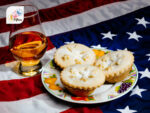
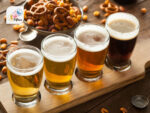

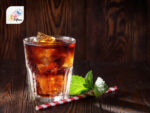
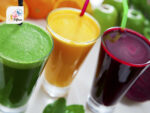

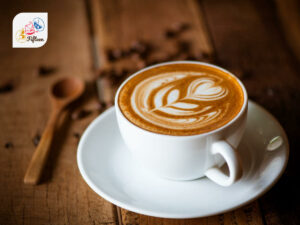
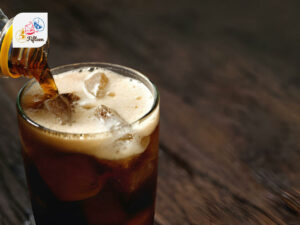
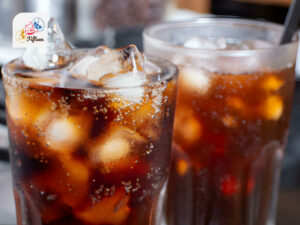
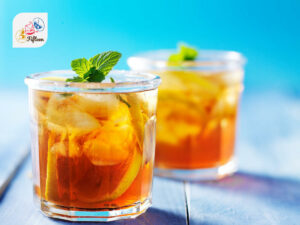
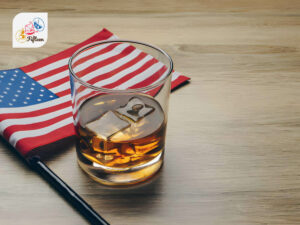
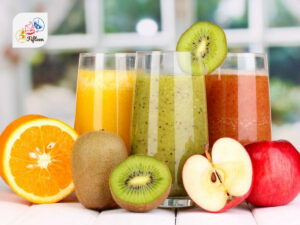
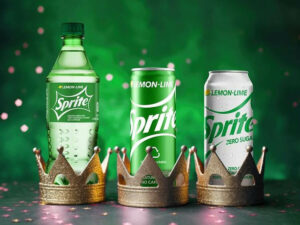
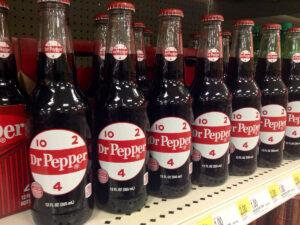
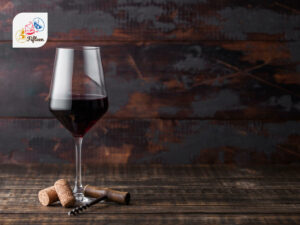
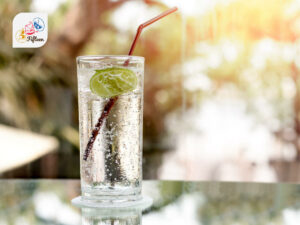
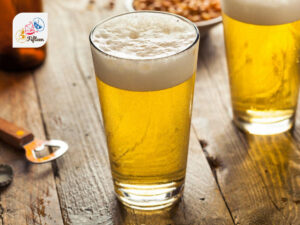
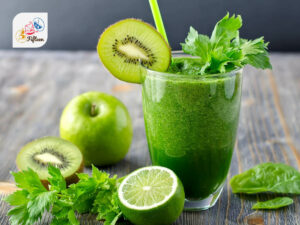
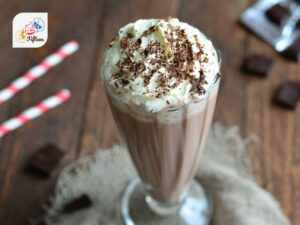
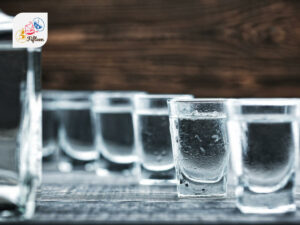
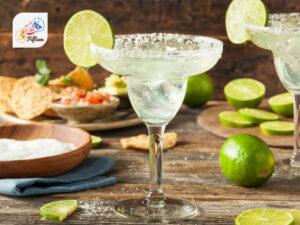
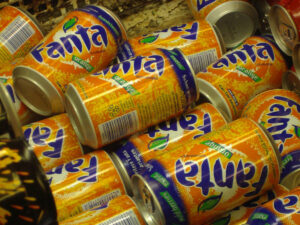
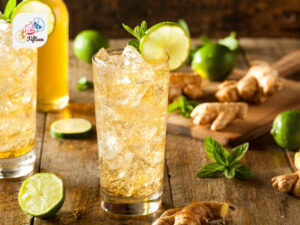
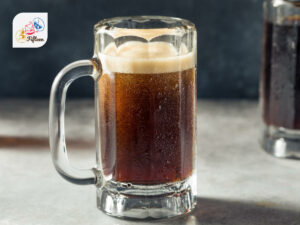
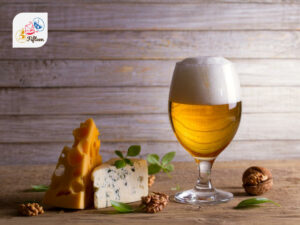
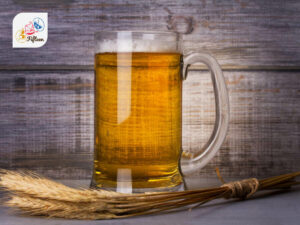
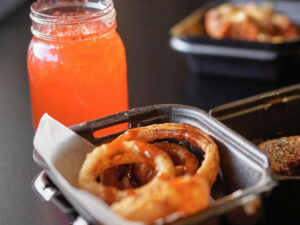
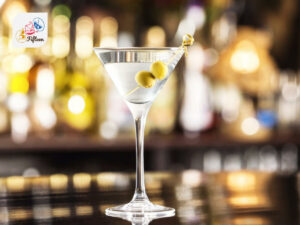
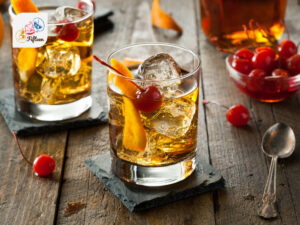
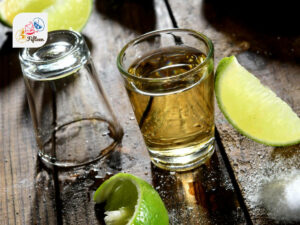
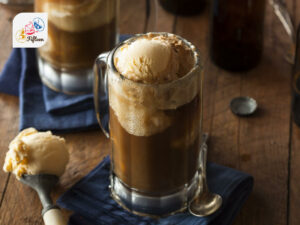
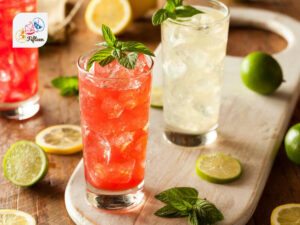
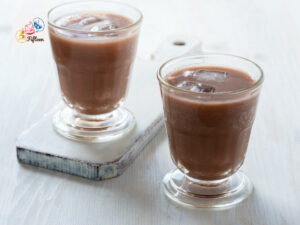
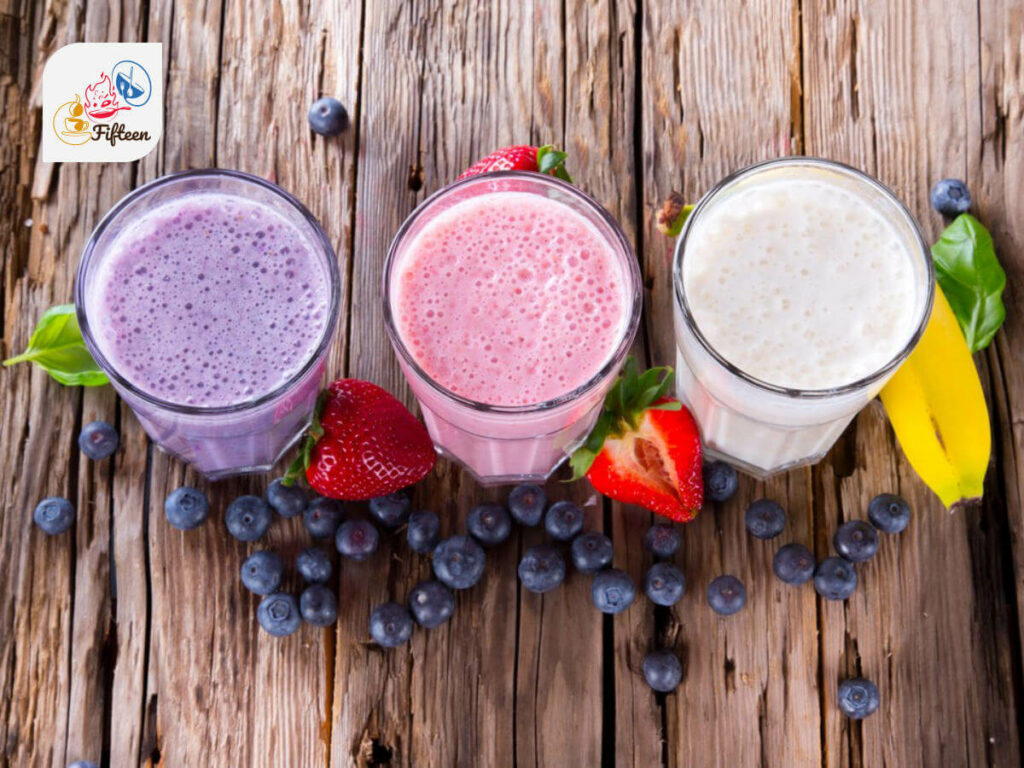
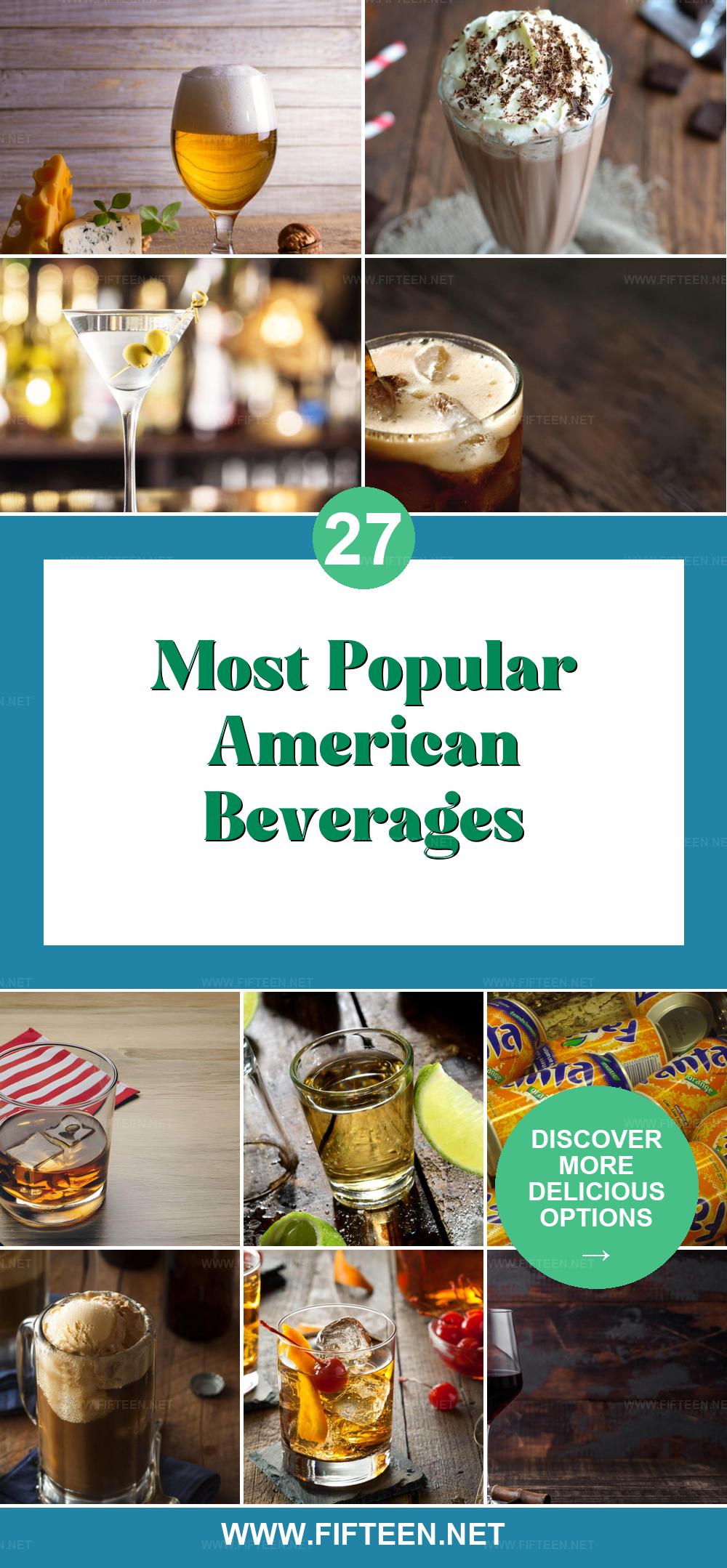
Jamie Scott
Editor in Chief, Senior Content Writer
Expertise
Home Cooking, Meal Planning, Recipe Development, Baking and Pastry, Food Editor, Cooking-video Maker, Western Food Evaluation Expert
Education
Le Cordon Bleu College of Culinary Arts
Local Community College, New York, NY
Jamie Scott is a skilled culinary expert and content creator specializing in Western cuisine. With over 15 years in the culinary field and formal training from Le Cordon Bleu, Paris, Jamie deeply understands how to blend nutrition with delicious flavors. His passion for cooking matches his commitment to making healthy eating accessible and enjoyable.
On Fifteen.net, Jamie brings a fresh perspective to classic dishes and beverages, offering readers insightful recipes, cooking tips, and a fresh view on meal planning that emphasizes taste, health, and simplicity.